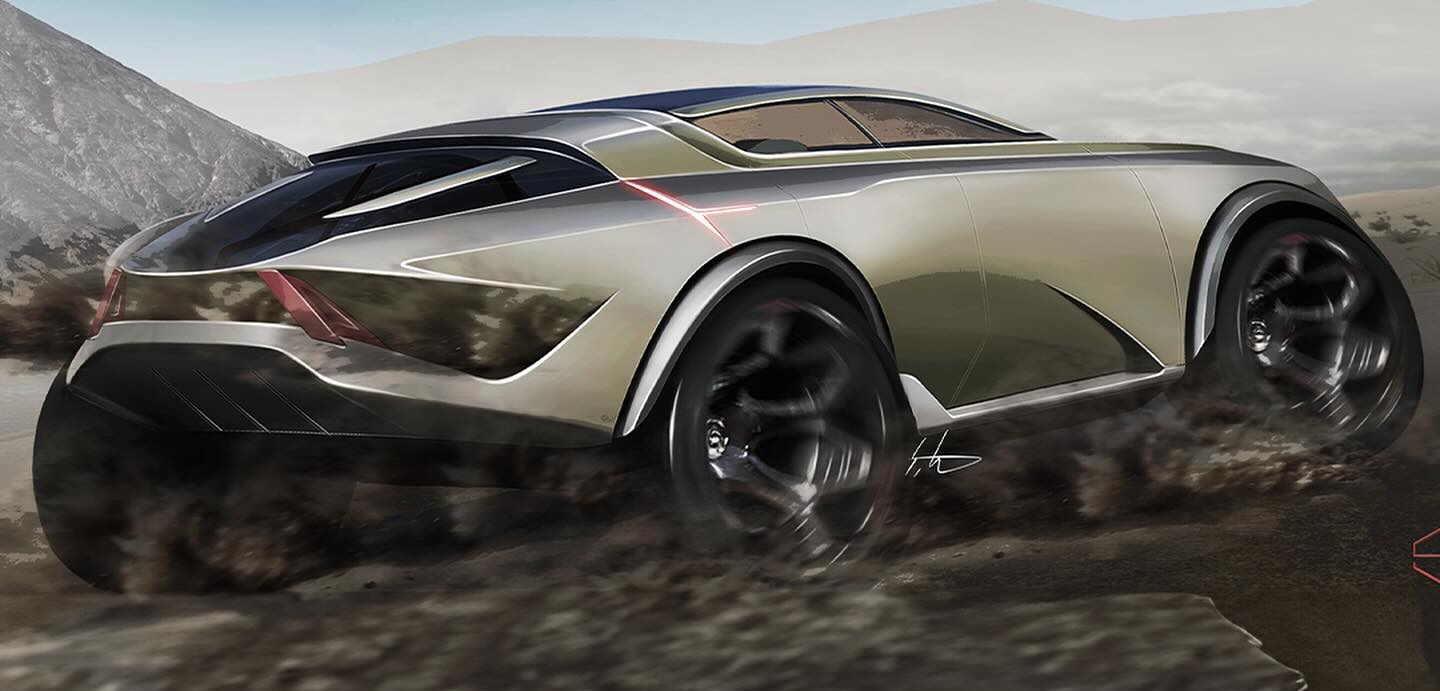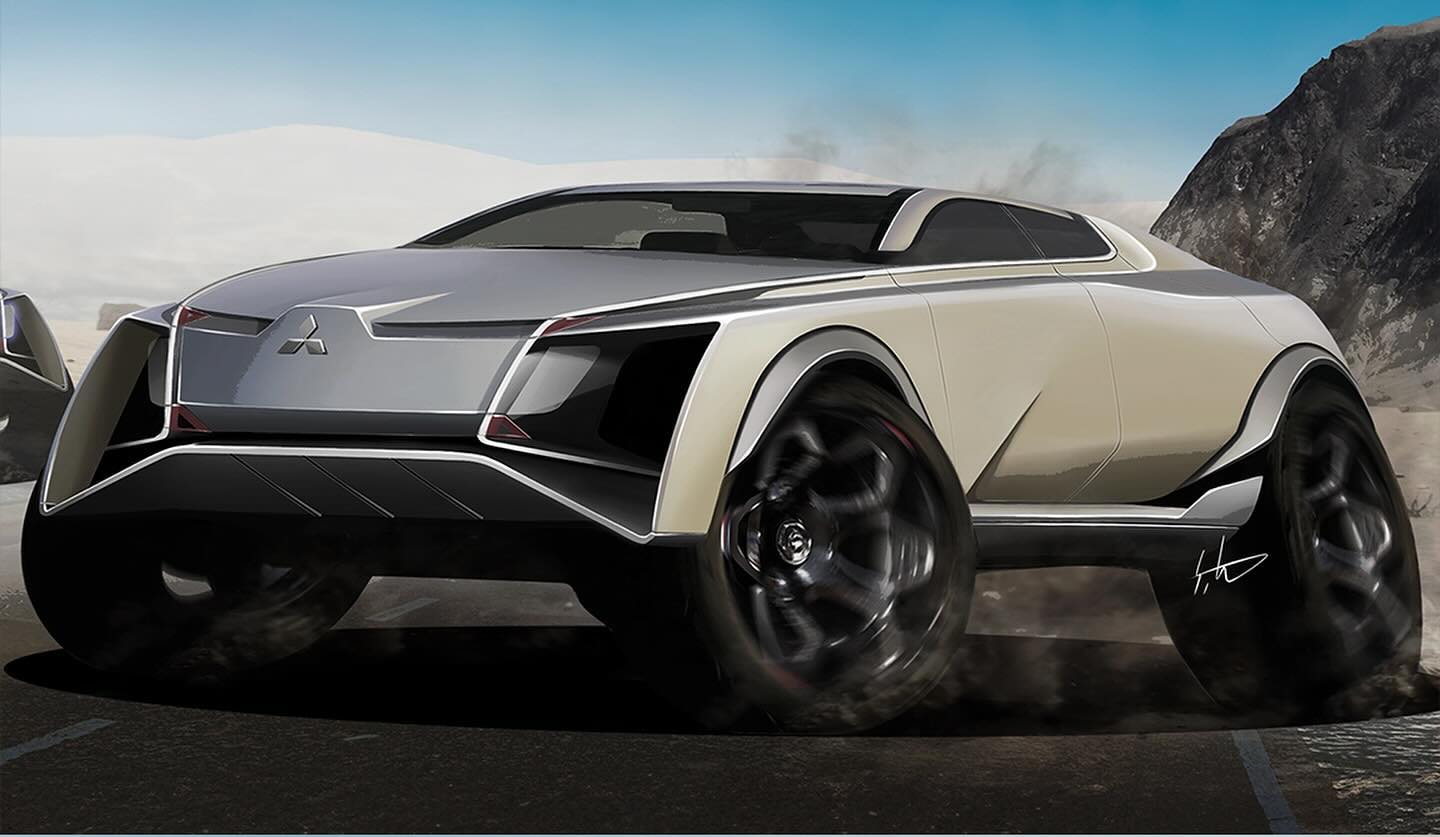Struggling to compete with established automakers, Mitsubishi Motors in North America faces challenges despite a recent sales uptick. While the brand offers budget-friendly options like the Mirage hatchback and sedan, these lack the modern features and design that consumers crave.
Their aging crossover lineup, including the Outlander Sport and Eclipse Cross, also fails to impress with either dated styling or controversial aesthetics.
The lone bright spot is the Outlander SUV, particularly the plug-in hybrid variant, but its success isn’t enough to carry the brand. Even with a significant sales increase, Mitsubishi sold a fraction of the vehicles moved by competitors like Mazda in the first quarter.

To reclaim its market share, Mitsubishi has outlined its Momentum 2030 strategy. This plan prioritizes electrification across its vehicle range, including hybrids, plug-in hybrids, and fully electric models.
Additionally, they aim to expand their dealership network, integrate new technologies, and consistently introduce fresh vehicles. While rumors swirl about a potential American minivan based on the D:X concept, a segment on the decline, independent designers have alternative visions.
Enter the Mitsubishi Kaminari, conceptualized by Stefan Syarov. Inspired by “thunder” in Japanese, the Kaminari embodies strength and accuracy. This design bridges Mitsubishi’s off-road legacy with cutting-edge electric power, promising impressive performance and dependability on any terrain.

